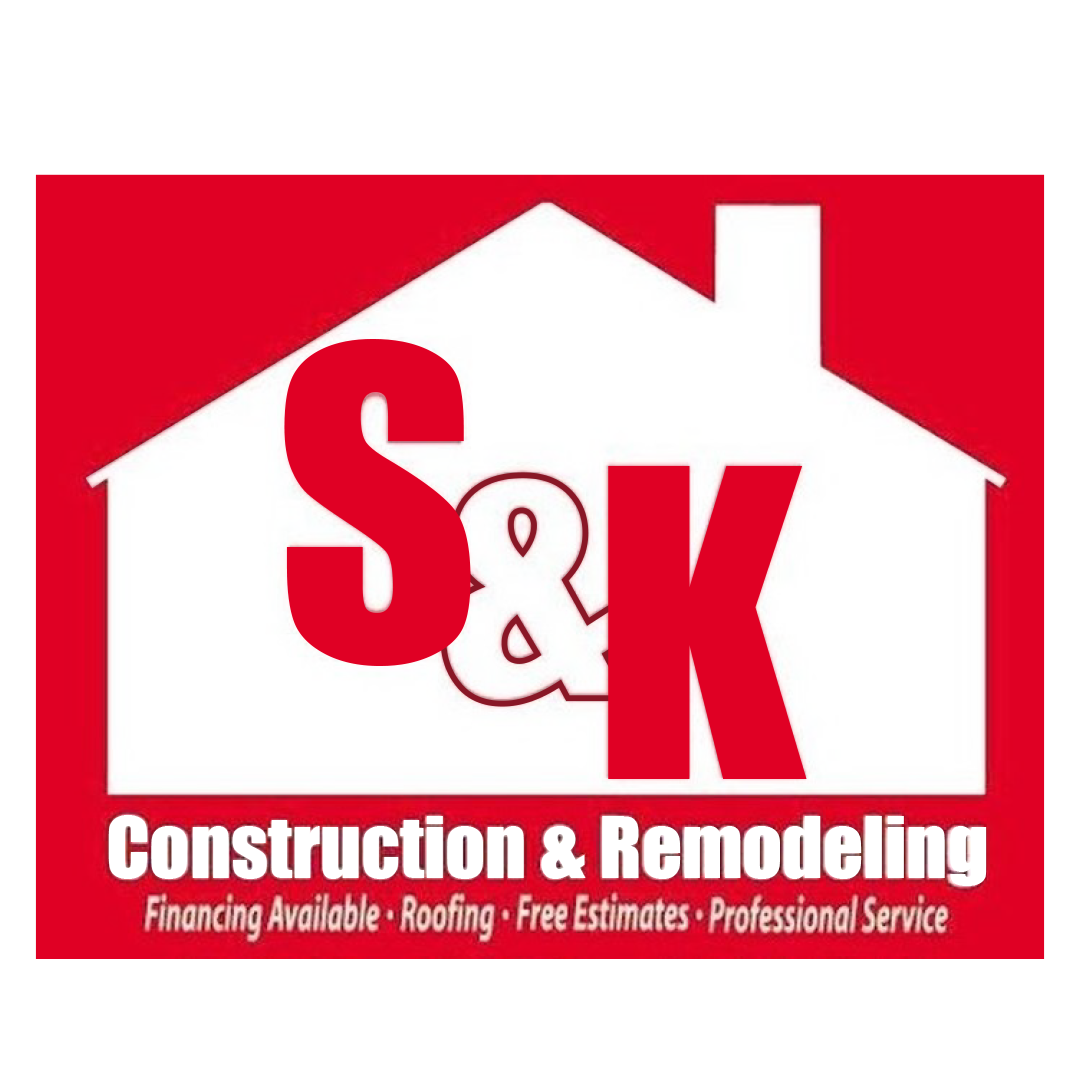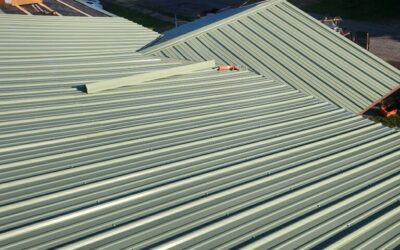Why Is My Roof Leaking in One Spot? Causes, Risks & Solutions
Discovering a leak in a specific area of your roof can be perplexing. Unlike widespread leaks, a localized leak often points to specific issues that, if unaddressed, can lead to significant damage. In this comprehensive guide, we’ll explore the common causes of single-spot roof leaks, the associated risks, and effective solutions to protect your home.
Understanding Localized Roof Leaks
A leak in one spot suggests that water is entering your home at a specific point, often due to vulnerabilities in the roofing system. Identifying the exact cause is crucial for effective repair and prevention of further damage.
Common Causes of Single-Spot Roof Leaks
1. Damaged or Missing Shingles
Shingles serve as the first line of defense against the elements. Over time, they can become cracked, curled, or dislodged due to weather conditions or aging. A missing or damaged shingle can expose the underlying roofing materials, allowing water to penetrate and cause a leak in a specific area.
2. Compromised Flashing
Flashing is the thin metal material installed around roof features like chimneys, vents, and skylights to prevent water intrusion. If flashing becomes cracked, corroded, or improperly sealed, it can allow water to seep into the roof at those points, leading to localized leaks.
3. Clogged Gutters and Downspouts
Gutters and downspouts are designed to channel water away from your roof. When they become clogged with leaves, debris, or ice, water can back up and overflow, seeping under shingles and causing leaks in specific areas.
4. Improperly Sealed Roof Valleys
Roof valleys are the areas where two roof slopes meet, directing water off the roof. If the sealing in these valleys deteriorates or was improperly installed, water can penetrate the roof at these junctions, resulting in a leak in a particular spot.(
5. Cracked Vent Booting
Vent booting is the material that seals the area around roof vents. Over time, the booting can crack or deteriorate, allowing water to enter the roof around the vent pipe, leading to a localized leak.
6. Skylight Leaks
Skylights can enhance natural lighting but are also potential leak points. Leaks can occur if the skylight was improperly installed or if the sealing around it has degraded, allowing water to enter at that specific location.
7. Chimney Issues
Chimneys are common sources of roof leaks. Cracks in the chimney’s mortar, damaged flashing, or deteriorated sealing can allow water to seep into the roof around the chimney, causing a leak in that area.
8. Ice Dams
In colder climates, ice dams can form at the edge of the roof, preventing melting snow from draining properly. This trapped water can back up under the shingles and leak into the house at specific points
Risks of Ignoring a Localized Roof Leak
Even a small, localized leak can lead to significant issues if not addressed promptly:
- Structural Damage: Persistent moisture can weaken the roof structure and interior ceilings.
- Mold and Mildew: Damp conditions promote mold growth, posing health risks.
- Increased Repair Costs: Delays in addressing leaks can escalate repair expenses.
Diagnosing the Leak
Identifying the exact source of a roof leak can be challenging. Water can travel along roof panels or beams before dripping onto the ceiling, making the leak appear far from its actual source. It’s advisable to inspect the attic for signs of water intrusion and consult a roofing professional for an accurate diagnosis.
Preventative Measures
To minimize the risk of localized roof leaks:
- Regular Inspections: Schedule annual roof assessments to identify and address vulnerabilities.
- Gutter Maintenance: Keep gutters clean to ensure proper water drainage.
- Attic Ventilation: Ensure adequate insulation and ventilation to prevent condensation.
- Prompt Repairs: Address damaged shingles or flashing immediately to prevent water ingress.
Seeking Professional Assistance
If you notice signs of a roof leak in one spot, consult a roofing professional to assess and remedy the issue promptly. Professionals can accurately identify the source of the leak and recommend appropriate solutions to prevent further damage.
Note: This overview provides general information. For comprehensive guidance tailored to your specific situation, consider consulting a roofing expert.
 (440) 307-2060
(440) 307-2060

